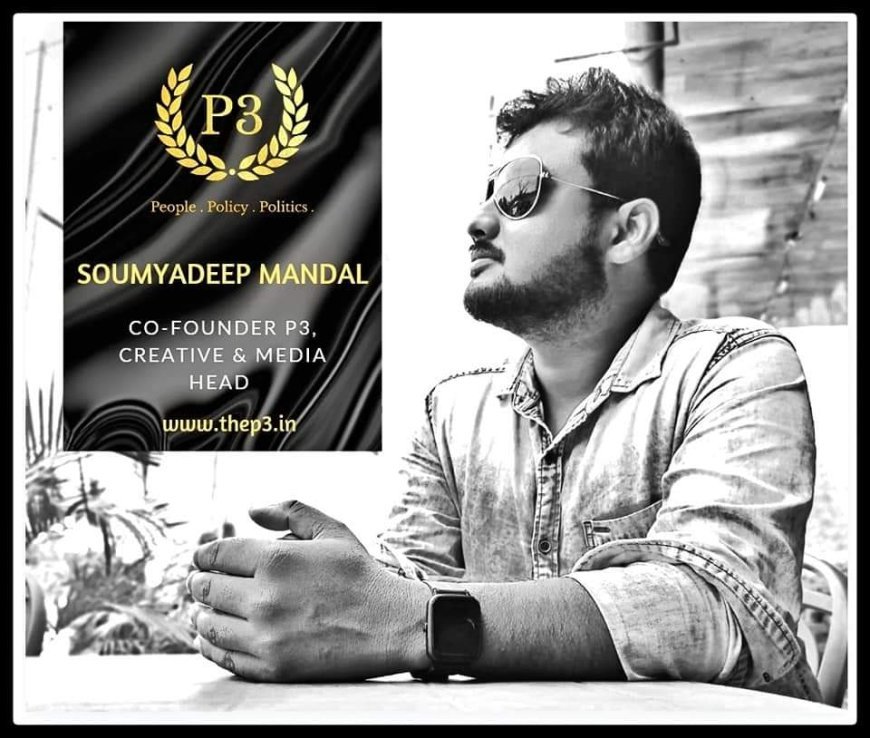Social Media & Modern Politics

In this era of 'digital wave', new media, especially social media, is steadily emerging as a 'media giant'. In the past few years, especially since 2014, we have seen most political parties stepping up their game and using social media platforms effectively. But if we take a deep look at this trend we can find this type of gesture as far back as 2004. At that time the ruling party, BJP launched a campaign named 'India Shining'. That was also the year when the number of mobile phones crossed the number of land phones in India.
Social Network Sites (SNS) are a great weapon for political parties. The number of Facebook users can be considered a valid indicator of electoral success. Results show that Facebook is a good platform for discussion of political topics.
Nowadays SNS are the socio-technical environments that most deeply enable public platform discourse for those who choose to enter the online “caves” of political candidates. However, it remains an open question whether the result of this dialogue is informed political decision making in the form of votes. Similarly, we can find that SNS such as Facebook has been positively related to social participation but not to political participation or confidence in the government. Rather, interpersonal discussion would encourage both civic participation and political activity.
In democratic nations, political parties are generally very interested in participating in public political discussion. Traditionally, politicians and journalists bring up and discuss those political discourses. However, this traditional structure is changing. By using political blogs, online forums people express their view, participate in depth discussions or find politically like-minded individuals. The term “gatekeeping” in traditional media is slowly fading away. Recently, more than 2.6 Billion people worldwide are members of Facebook while Twitter counts more than 500 million users in total. With this mammoth growth, these platforms allow both citizens and politicians to participate in political discussions or to share political views publicly. It is argued that politicians and political parties think it is important to actively join social media based political communication, in particular during election campaigns.
India’s 2014 Loksabha election saw the country’s highest-ever voter turnout, with 554 million people using their mandate to elect the 16th Lok Sabha. India’s youth population, about 64% of who are below the age of 35, was especially eager for a change from the rampant cases of corruption floating around the system. Cresting on the wave of an anti corruption movement , popularly known as IAC campaign led by social activist Anna Hazare, starting in 2011, social media emerged as a key factor of public opinion. The 2014 election was also the first election in India where social media users were taken seriously as voters by political parties, mainly the BJP. They used frontline technology and innovative ideas and implemented that for voter outreach. This is the first time in the history of Indian politics when leading Indian advertisement agencies, PR firms, social media analytics and marketing companies, citizen volunteer groups and non-resident Indians came together to promote the political party of their choice.
However, the democratisation of social media as a political communication platform in India has not meant its professionalisation as an information sharing one in general. Distracted from the gatekeeping function of traditional media, political parties are using social media for intense campaigns on religion and caste politics.
There cannot be a single factor for any political uprising or downfall or any result; the result is always an amalgamation of several factors. Suppose if we would have had a very nice and big infrastructure present in every sector of West Bengal, web politics would have taken 70-75% of the work system, but the real situation or condition is very different, In Bengal ‘IT’ itself exists in a very minimal status.The condition is more less same in every state of India. Rural and remote areas of India still do not have the sufficient infrastructure to join the so-called ‘Digital India’.
Contributor :
Soumyadeep Mandal
CO-FOUNDER P3,
Creative and Media Head
PMO India Ministry of External Affairs, Government of India Ministry of Information & Broadcasting, Government of India Ministry of Home Affairs, Government of India Ministry of Social Justice and Empowerment, Government of India
#P3 #people #policy #Politics #work #World #media #india #journey #life #lifestyle #stories #journey #industry







